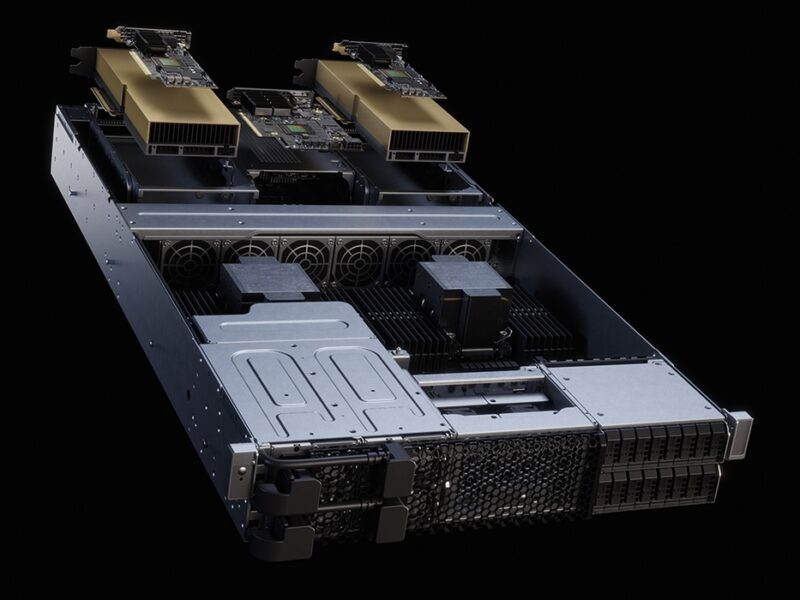Encoding and decoding play crucial roles in the way we share and understand information in diverse environments. From digital communications and computer programming to the nuances of human conversation, these processes ensure that messages are conveyed accurately and effectively. By breaking down complex information into understandable formats, encoding helps in transmitting data across various mediums, while decoding reverses this process, retrieving the original message. Understanding both concepts is essential for efficient communication in today’s interconnected world.
What is encoding and decoding?
Encoding and decoding are integral to the safe transfer of information. Encoding involves converting data into a different format using specific rules, making it easier to store or transmit. In contrast, decoding is the reverse process, where the encoded data is translated back into a format that can be understood.
What is encoding?
At its core, encoding is the transformation of information into a predefined format. This is crucial in various contexts, especially computing, where different data formats and encoding schemes exist, such as ASCII or UTF-8. Each encoding scheme has its significance depending on the media and application.
The role of encoding in computers
In computer systems, encoding serves multiple purposes. It’s essential for optimizing data storage and enabling efficient transmission across networks. Data in text files, images, or audio is often compressed or formatted to minimize space and enhance retrieval speed.
Encoding techniques in data communications
Several encoding techniques have evolved to suit different communication needs.
- Morse code: Developed by Samuel Morse, this method transforms letters into sequences of dots and dashes, allowing for simple yet effective communication over long distances.
- Q-signals: These standardized signals are crucial in maritime and aviation communication, facilitating quick exchanges of information.
- Manchester encoding: A binary encoding technique, it combines clock and data signals for improved synchronization, often used in modern Ethernet networks.
What is decoding?
Decoding mirrors the encoding process, translating the encoded data back into its original form. This process is vital for ensuring that the information can be accurately interpreted by the intended receiver.
The role of decoding in computers
In computer systems, decoding is essential for data retrieval. When a program or system receives encoded information, it decodes this content to make it understandable to users or other systems. This occurs in numerous applications, including file downloads and streaming data.
Decoding techniques in data communications
Various techniques exist to decode different types of encoded information.
- Translating Morse code: By recognizing dot and dash sequences, operators can accurately translate messages conveyed using Morse code, enhancing communication in teletypes.
- Decrypting Q-signals: Understanding Q-signals helps decode messages in maritime communication, ensuring accurate information exchange among vessels.
- Understanding Manchester decoding: Knowing how to decode Manchester encoded signals is crucial for maintaining data integrity in networking.
Encoding and decoding in programming
In the realm of programming, encoding and decoding are indispensable for managing data efficiently across different platforms.
Importance of encoding in programming languages
Different programming languages offer mechanisms for encoding data.
- Java: Java’s libraries allow for encoding data in various formats, ensuring compatibility across web applications.
- Python: It provides built-in functions for encoding and decoding Unicode strings, making it easier to handle international text.
- Swift: In Swift, serialization converts objects into a storable format, while deserialization reverses the process, essential for data persistence.
Encoding and decoding in digital electronics
The processes of encoding and decoding are fundamental in digital electronics.
Analog-to-digital conversion
This conversion involves encoding analog signals into digital formats. Sensors convert physical phenomena like light or sound into binary data, crucial for modern electronic devices.
Digital-to-analog conversion
The reverse process, digital-to-analog conversion, transforms digital signals back into analog. This is significant for representing sound in speakers or video on screens.
The process of encoding and decoding in human communication
Human communication also involves encoding and decoding.
How encoding works in communication
When individuals convey messages, they encode their thoughts based on their knowledge and context. Factors such as clarity of expression and the audience’s ability to understand affect how effectively messages are encoded.
Decoding in human interaction
Recipients decode messages based on their interpretation, prior knowledge, and context. Misunderstandings can arise due to noise in the communication channel or differences in cultural contexts.
Models of communication
Different models describe how encoding and decoding are interrelated in communication.
Transmission model
This model illustrates a linear process where a sender transmits a message to a receiver through a communication channel, with encoding and decoding as critical steps.
Interaction model
This model emphasizes the dynamic exchange between sender and receiver, recognizing that both parties play roles in encoding and decoding messages.
Transaction model
Here, communication is viewed as a simultaneous process, highlighting the mutual influence of participants in shaping meanings through their interactions.
Challenges encountered in decoding messages
The decoding process can encounter various challenges that affect the accuracy of message interpretation.
Unfamiliar languages
Decoding messages in languages the receiver does not understand can create significant barriers. Tools such as translation apps can help alleviate these difficulties.
Advances in machine translation
Recent advancements in machine translation technologies aid in overcoming language barriers by improving the accuracy of automated decoding, making global communication more seamless.

